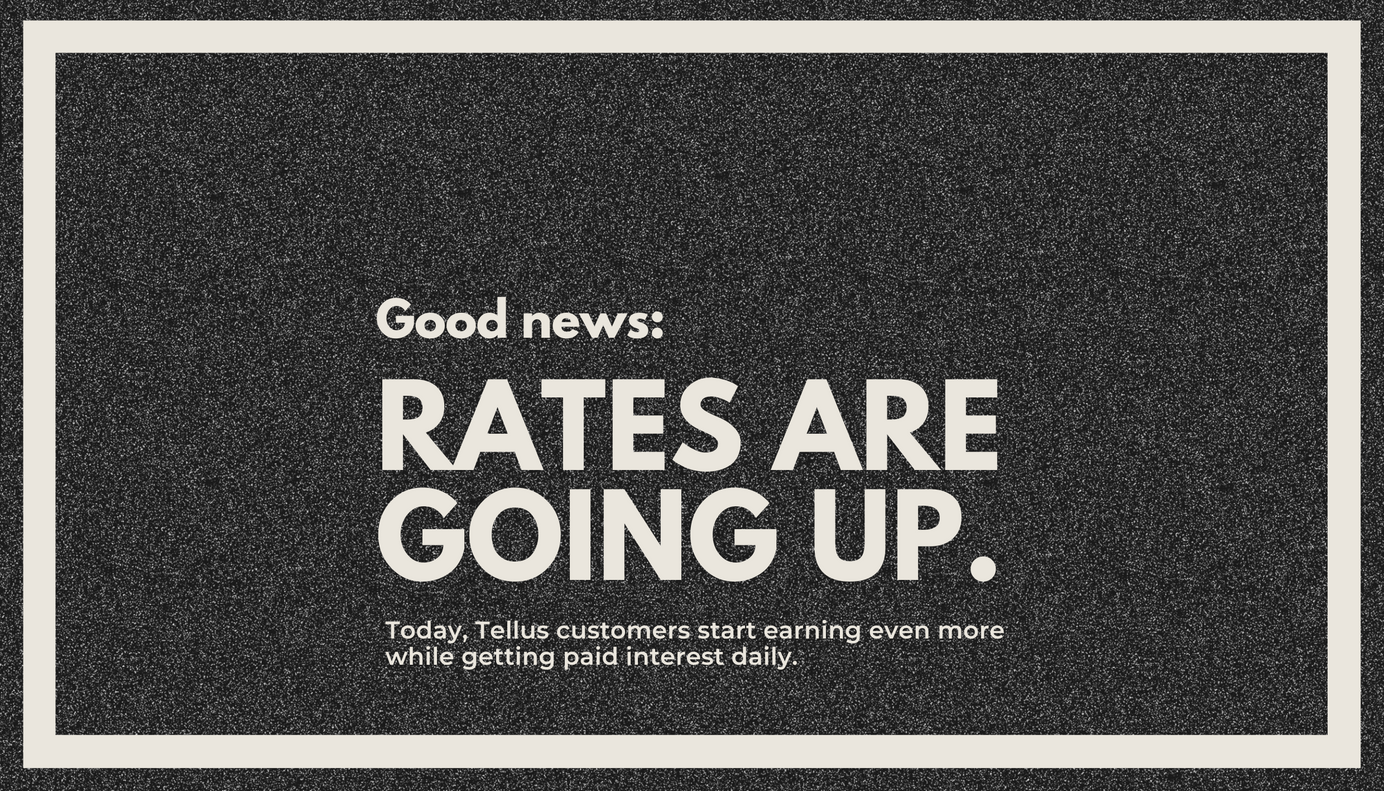
Why are High-Yield Savings Account Rates Dropping?
Find out why your high-yield savings account rate has been in steady decline since last year and what you can do about it.
In response to the COVID-19 pandemic, interest rates have dropped to new lows and it’s happening all across the US. According to Fox Business, “the interest rates on standard accounts are just 0.05%.” High-yield savings accounts did fare a bit better but not by much, “with interest rates at between 0.065% and 1%.” While this is good news for homeowners wanting to refinance their mortgage, it is discouraging for those who have their hard-earned money stashed away in a high-yield savings account. So if you’re wondering whether you should weather the storm and keep your money where it is or withdraw your money and ride out the highs and lows of the stock market, you’re not alone.
What is a high-yield savings account?
A high-yield savings account is a type of savings account that pays you higher interest rates compared to its traditional counterpart, allowing your money to grow even faster just by sitting in your account. Simply put, high-yield savings accounts make your money work for you.
Why use a high-yield savings account?
Compared to a traditional savings account, high-yield savings accounts will earn you more interest at a faster rate. Thanks to compound interest, you’re earning interest on the interest you’ve already earned! Plus, if you need to withdraw your cash or transfer it, you can do so up to six times per month without paying any fees.
How are high-yield savings account rates determined?
To maintain economic and financial stability, the Federal Reserve sets the federal funds rate (how much banks charge one another to borrow money), which influences high-yield saving account rates. Depending on its outlook of the economy, the Fed will either raise or lower the federal funds rate. For example, when the economy is facing an economic downturn, the Fed will lower interest rates to stimulate the economy. By making it cheaper for consumers to invest or borrow money, more people will be incentivized to spend more and take out loans, allowing cash to flow through the economy at a faster pace. On the other hand, when the Fed raises the federal funds rate, it is usually to curb inflation. The Consumer Price Index (CPI) is the metric that is most frequently used to identify periods of inflation or deflation. It is considered the barometer of overall economic health, with 2% to 3% being the ideal range for healthy growth. But since inflation has been low for a while, the Federal Reserve announced a change in August last year — allowing a target inflation rate of more than 2% to maximize employment. Thus, high-yield savings account rates are variable and will fluctuate over time, typically in parallel with the economy or the federal funds rate.
Why are rates going down?
The rule of thumb here is when the Fed cuts rates, banks tend to follow suit. So in order to mitigate the impact coronavirus made on the economy and entice borrowers to start spending, the Federal Reserve responded by cutting its benchmark interest rate to between 0% and 0.25%. This reduces the interest on borrowing in general, and as a result, banks earn less interest on the loans they make. In order to still make a profit, banks would then pay out less to their depositors in the form of interest.
According to the Fed’s latest economic forecast, we are unlikely to see an increase anytime soon. Most likely, rates will stay low until at least 2023, so your high-yield savings account rate will likely remain low for a while.
What can you do about it?
The answer is either to do nothing or, as recommended by Kevin Tumin, the founder of DepositAccounts.com, look for no-penalty CDs (certificate of deposit). It is “a low-risk savings tool that can boost the amount you earn in interest while keeping your money invested in a relatively safe way”.
Even with the low rates, high-yield savings accounts are still a decent option for savers because they are FDIC insured, and the rates that are much higher than the national average savings rate, which is 0.05%. Also, remember, the low rates are only temporary. Once the Federal Funds Rate eventually increases rates again, things will rebound back up.
The latter option offers a fixed rate for a set term. CD rates are sometimes even higher than the best online savings accounts because you agree to leave your money in your account for a guaranteed period, ranging mostly from six months to five years. This assures banks that you won’t be moving your money anytime soon, and in turn, they reward you with higher interest rates. But keep in mind that this may not be an ideal option for those who may need to withdraw money from their savings at any given time.
Conclusion
Savings is a top priority for many of us and it is the single most important thing we can do to get our financial life in order. So whether you’re considering switching your high-yield savings accounts or withdrawing your money to open a CD account, remember to keep your savings goals in mind so that you can pick the best savings method that will serve your needs.








